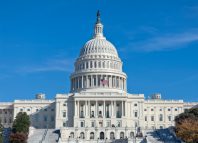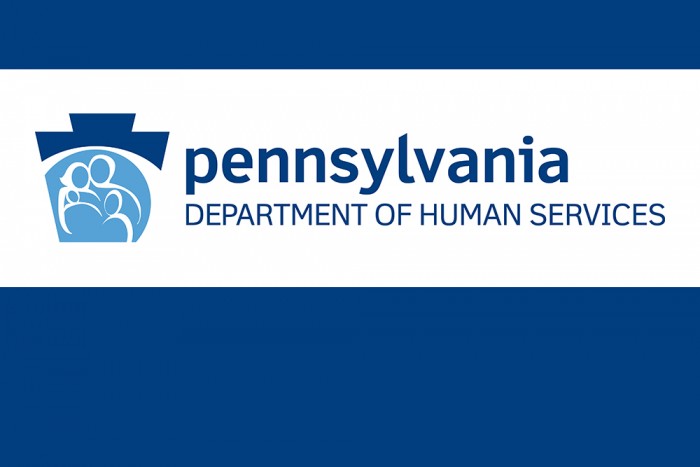Fady Sahhar
Reuters: UnitedHealth to Restore Hacked Medical Claims and Payment Services Mid-March
DHS Shares Resources for Providers Affected by Change Healthcare Outage
The Department of Human Services (DHS) has shared several available resources to address providers’ concerns regarding the Change Healthcare outage. The system remains unavailable due to a current cyber-attack. You can read the full press release, which details resources and short-term solutions.
If you have any questions, please contact Fady Sahhar.
AARP: Credit for Caring Act Offers Relief for Financially Strained Family Caregivers
Bloomberg: Change Healthcare Cyberattack Is Still Disrupting Pharmacies, Other Providers
Inglis’s SDHP Announce RFP for 2024 Conference Open Until Feb. 26

Inglis’s Self-Determination Housing of PA (SDHP) 2024 Conference aims to further the SDHP’s mission of bridging the information gap between providers and connecting with others in the accessible housing community while continuing to advocate for the vulnerable populations we serve, specifically those with disabilities and seniors. The goal of the 2024 Conference is to bring together individuals to advance change and impact the way we support people in finding accessible housing solutions to gain independence and increase their quality of life.
The conference will take place June 11 and 12. The RFP will remain open until end of the day February 26. For more information, view the Request for Proposal announcement. You can also submit your proposals on Inglis’s website.
If you have any questions, please contact Fady Sahhar.
Second Draft of Aging Our Way, PA Open for Public Comment
The Department of Aging has released the second draft of Aging Our Way, PA, the department’s name for Pennsylvania’s 10-year strategic plan to support improvement in infrastructure and services for older adults. This second draft is open for a 30-day comment period until March 20. Visit here for details and instructions on submitting comments, and please consider providing feedback on the plan.
If you have any questions, please contact RCPA Policy Director Fady Sahhar.
McKnights: Provider Groups Applaud Millions in Proposed Investments in Older Adults but Say Plans Fall Short
Person-Centered Approaches: Connecting Individuals to Services and Benefits
ADvancing States has announced the release of a new issue brief “Person-Centered Approaches: Connecting Individuals to Services and Benefits.” Developed with support from the National Council on Aging (NCOA), this brief describes person-centered approaches, which are practices and techniques used by human services professionals to learn about an individual’s goals, needs, and preferences to live the life they desire and value. In aging and disability networks, person-centered conversations aid in the understanding of an individual’s long-term services and supports (LTSS) needs and preferences, resulting in improved access to services and benefits. Community-based organizations, including Aging and Disability Resource Centers, Area Agencies on Aging, and Benefit Enrollment Centers, can strengthen their connections and engagement with LTSS access systems through person-centered approaches and state efforts, such as No Wrong Door Systems. Additionally, the issue brief highlights states that have implemented promising person-centered approaches.
If you have any questions, please contact Fady Sahhar.
No Wrong Door Systems: A Guide to Fundamentals and Engagement for Community Organizations
ADvancing States announced the release of a new issue brief “No Wrong Door (NWD) Systems: A Guide to Fundamentals and Engagement for Community Organizations.” Developed with support from the National Council on Aging (NCOA), this brief describes the fundamentals of the NWD System initiative in developing a one-stop resource hub and access point for long-term services and supports (LTSS) and benefits in states and territories, and the important roles community-based organizations (CBO) can serve in a NWD System. Additionally, the history of NWD and significant milestones, key elements of a coordinated NWD System, as well as CBO engagement in NWD Systems to facilitate access to services and benefits, are explained. As identified in the issue brief, states provide a range of opportunities for CBOs to connect with NWD Systems, from the inclusion of a CBO’s services in a NWD’s database to partnering with aging and disabilities network agencies and public outreach. The issue brief highlights NWD System development and state approaches to CBO partnerships in several states.
If you have any questions, please contact Fady Sahhar.

















